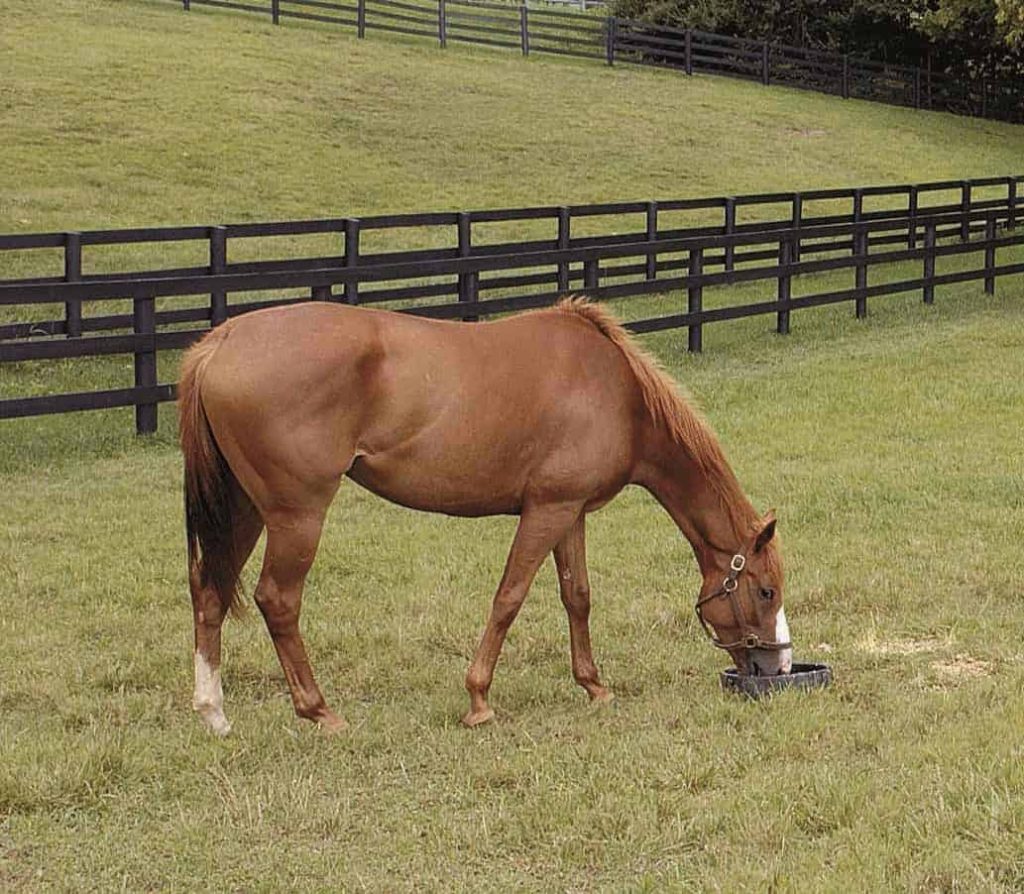How To Properly Care For And Rehabilitate Rescued Horses
Caring for and rehabilitating rescue horses can be a challenging but rewarding journey, and each horse will have its own plan to follow depending on its needs to help it get back on its feet. There are a few aspects that you’ll need to focus on including nutrition. Reintroducing feed to a severely malnourished animal carries the risk of refeeding syndrome so selecting high-fibre horse food as a source of calories, whilst also maintaining gut health is essential. Read on as we take a closer look at this and other considerations below.
Nutrition for rescued horses
Rehabilitating a rescue horse comes with a few challenges, one of the first and most important being nutrition. If a horse has been neglected, the likelihood is that it won’t have had access to a healthy diet that is suited to its nutritional needs – if any food at all. Weight loss results and many rescue horses and ponies are emaciated and often too weak to stand. It is also likely that the horse will have a significant parasite burden which needs to be dealt with by a vet. Nutritionists and vets work together to tackle these issues as carefully as possible and devise feeding plans that consider all the risk factors affecting these horses.
Weight gain can be difficult and can cause health issues like refeeding syndrome. This can see a rise in glucose which then spikes insulin. When this happens, the body in its malnourished state struggles to manage these fluctuations and takes nutrients away from other essential functions which can cause organ failure. There are a few tips to help avoid this, such as:

- Feeding alfalfa: This is low in starch and includes a variety of minerals like potassium, magnesium, and calcium which are needed specifically to help avoid refeeding syndrome
- Unmolassed sugar beet pulp: This is also low in starch and sugar and is another good source of calcium. It provides highly digestible fibre so provides a slow release energy source that is easier for the horse to utilise.
- Use digestive aids: the microbiota in the gut reflect the animal’s diet and so in malnourished animals it is likely their microbial population is compromised. Digestive aids such as yeast help to re-establish a healthy microbiota and a good diet will establish a healthier microbiome in which they can then proliferate.
Identifying physical health issues
A neglected horse could have some physical health issues that may cause them discomfort. This could be anything from problems with the hooves – they are likely to be overgrown, to teeth which could also be causing them issues if they’ve not been checked in a while. A rescued horse will undergo checks from vets and farriers, as well as physiotherapists who can literally help them get back on their feet, and dentists to help identify and rectify any dental issues the horse may have.
Identifying mental health issues
Of course, being a rescue horse it’s reasonable to expect some psychological issues. These issues may then be reflected in the way the horse behaves. It may display symptoms of stress and anxiety – it may pace or weave to cope with stress. It may also show signs of hyperactivity or agitation, impatience, or even show aggression. Professional trainers experienced in these issues are usually best placed to manage these horses. Charities around the UK spend time and effort trying to re-train and then re-home these animals.
Secure environment
If a horse is being rehabilitated due to neglect, it may need time to adjust to living in new surroundings. Try and make the horse’s new home comfortable and secure and try and maintain a daily routine for them to follow – horses thrive on this. You should also make sure that they have the option to socialise with other horses. Whilst this may be difficult at first, especially if the horse is easily spooked or showing signs of stress and anxiety, they are social animals, and it will help them to destress and learn social skills they may have lost.








